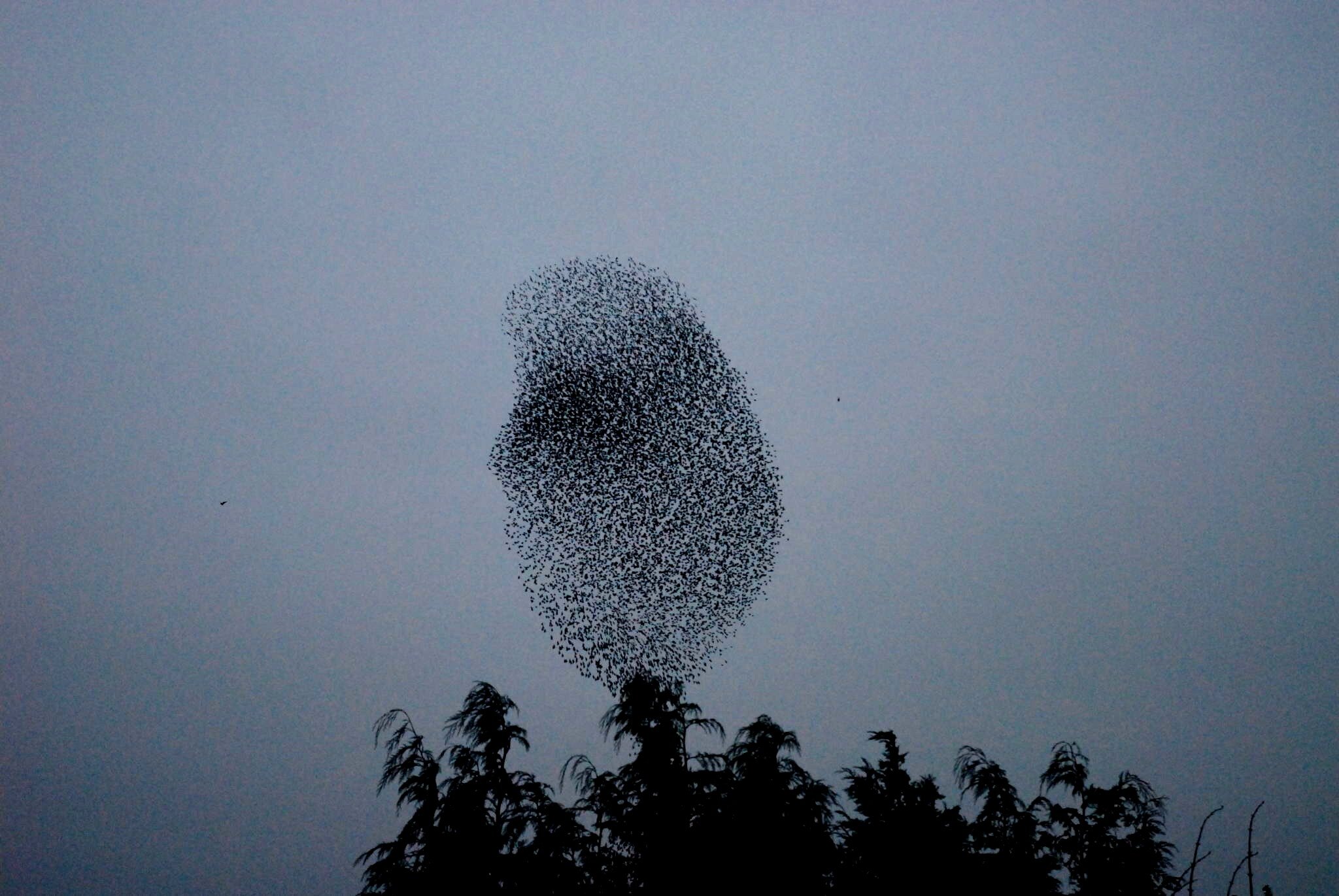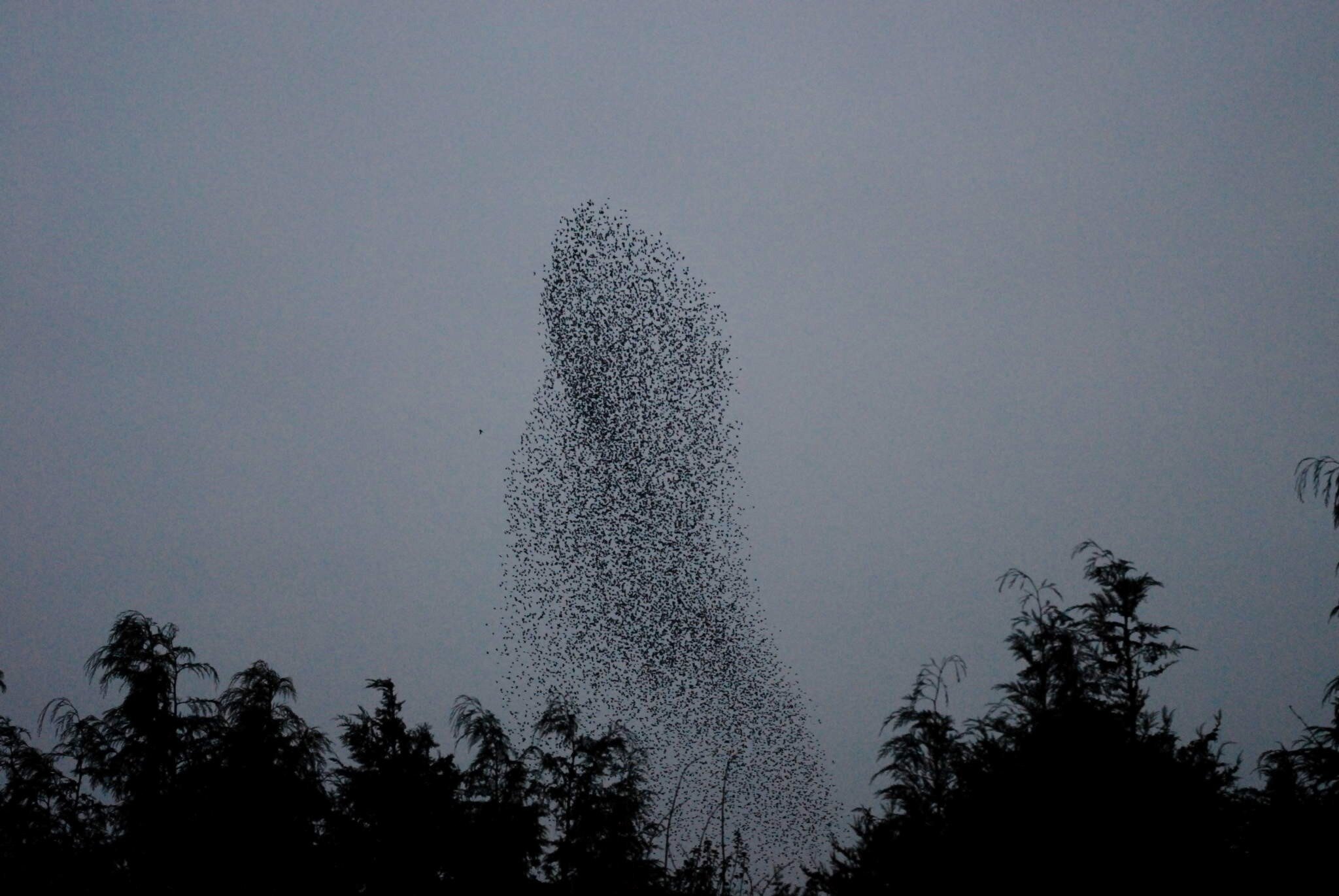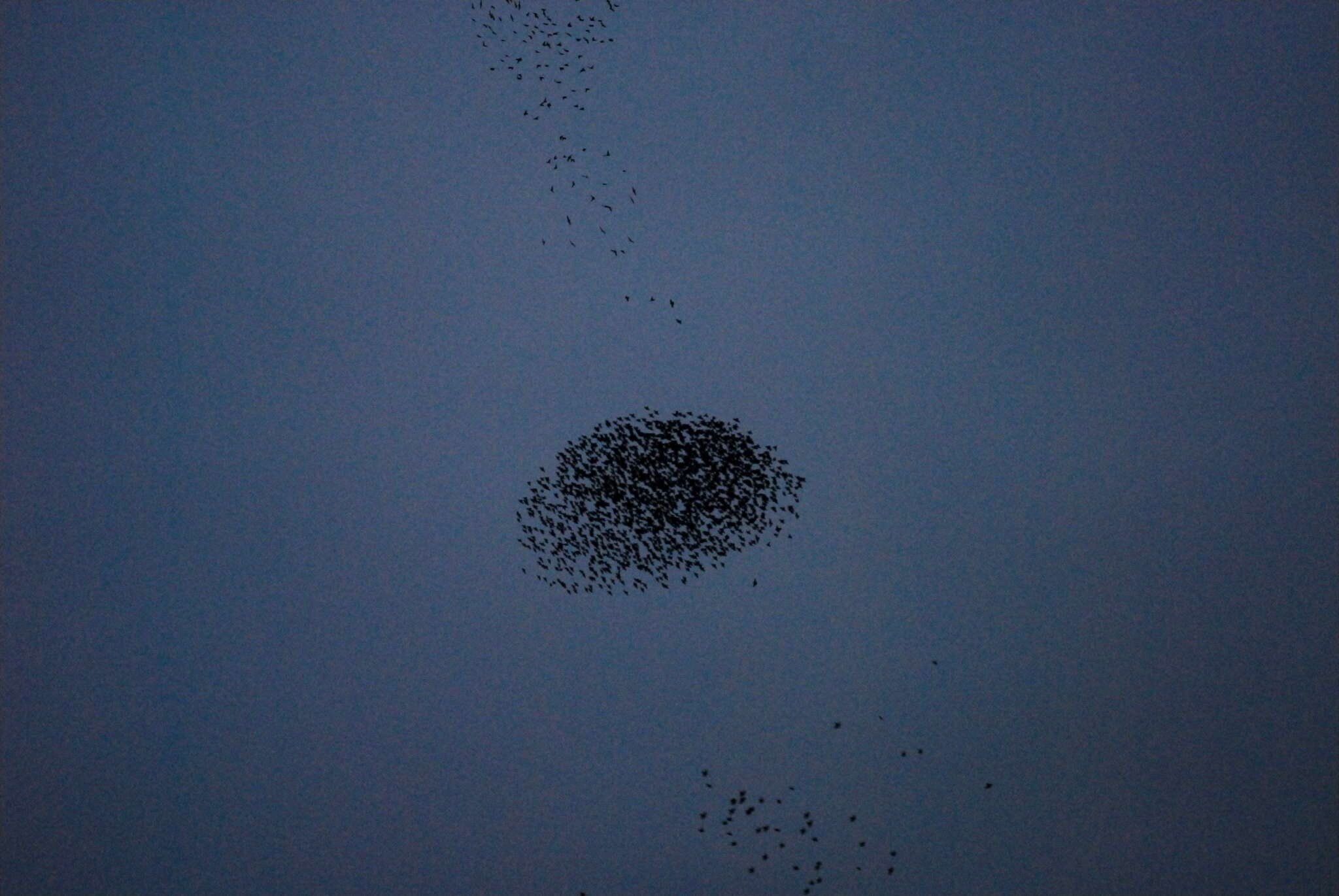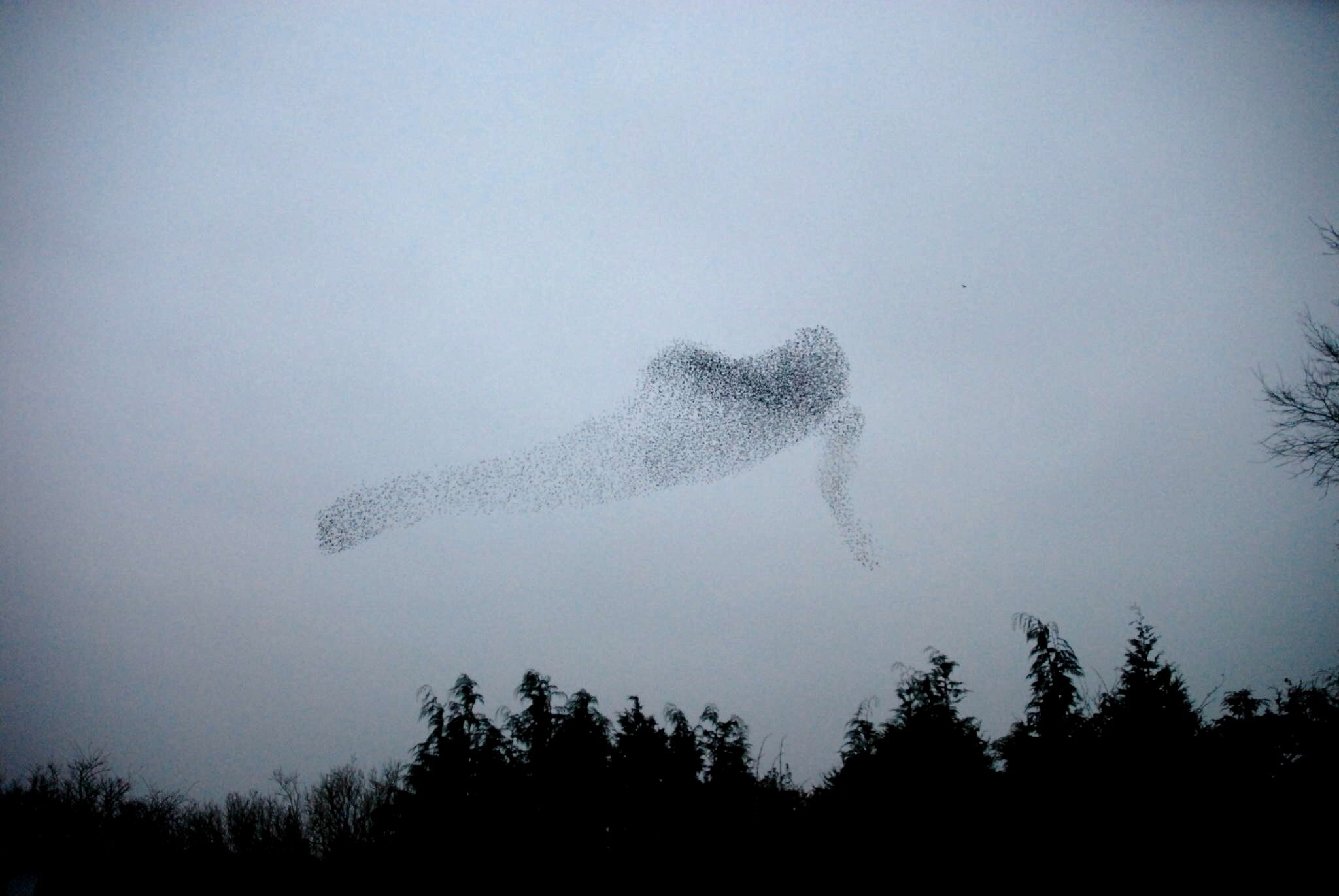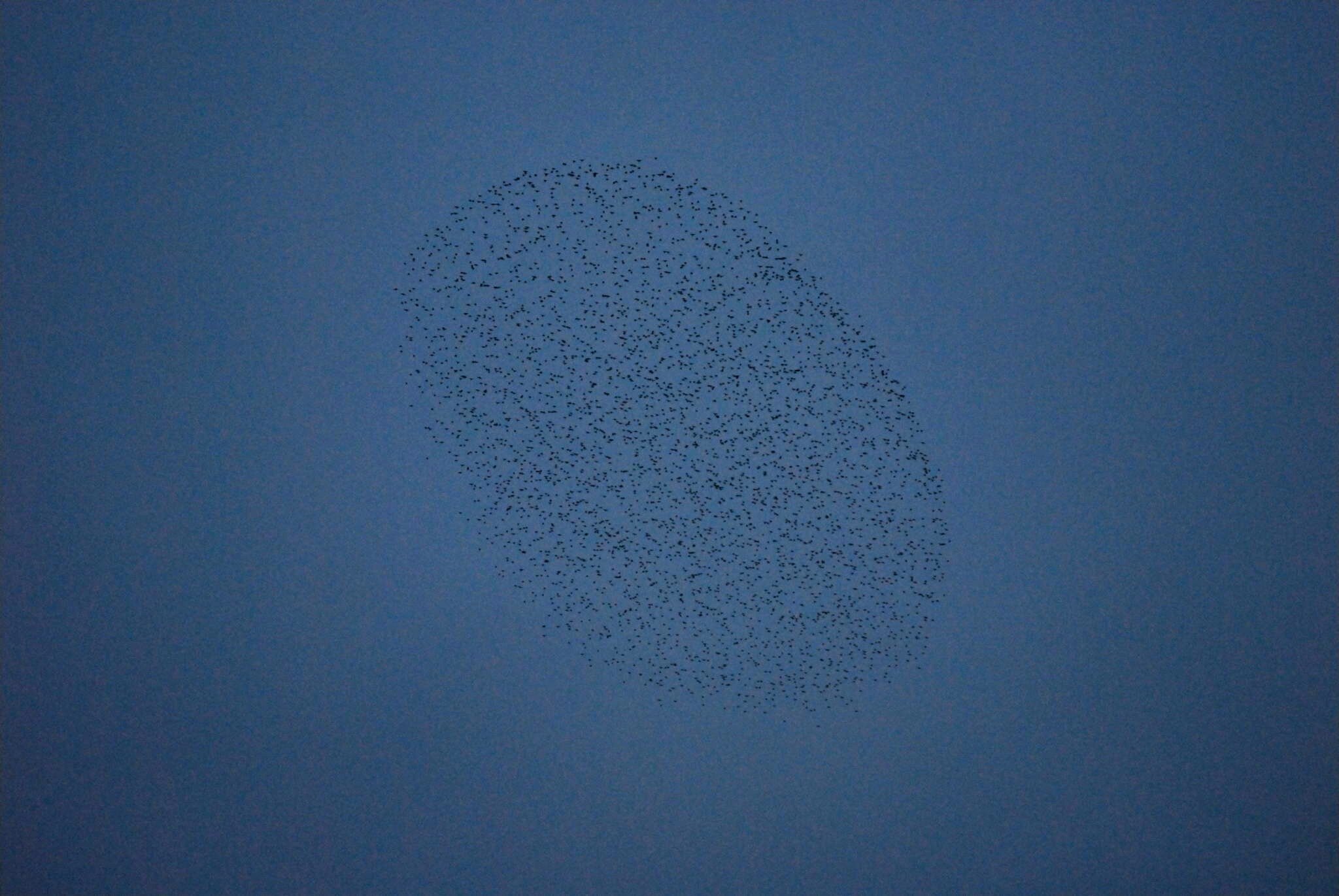““The morning, Mr. Casey, can only be described as a glorious extravagance.””
Any mysterium tremendum that one might feel about the ‘improbability’ of sentient life finding itself in a universe that seems so finely tuned to our needs, can of course be neutralised by the anthropic principle. If the universe were only slightly different, there wouldn’t be a sentient observer to comment and wonder at it all. Personally, I’m just as happy to follow this line of reasoning, because it still brings us to some interesting philosophical terrain, namely: the spectre of cosmic solipsism. Following the anthropic principle, in its weak form, all I know about the essentials of my existence in the world is that I am here and it is here and I am here, and both self and world seem to be intractably linked as one weird ontological oscillation. (Again Ring Modulation provides a metaphor for this relation. Two distinct signals modulate each other, the result being sidebands that are, like mind and matter, or positive and negative particles in quantum entanglement, opposing entitles that are intractably linked. The space that RM leaves between the sidebands, where the carrier would normally be, is perhaps a fitting analogy for what we might call Deep Self, always one step ahead of the game, the apophatic wellspring of consciousness that allows for the very notion of an ‘apophatic wellspring of consciousness’, ad infinitum…)
But what about the puzzlingly superfluous nature of solar eclipses? These would seem to me to be a phenomenon that would strongly hint at some sort of aesthetic source or motivation to our reality. One might even be drawn to speculate, if one were so inclined, whether some kind of design element was going on here… Eclipses appear to be totally unneccessary to our emergence and survival, a recurring event we could very well have got along without. It seems to me the anthropic principle has no real say in the matter here, precisely because solar eclipses are so unnecessary.
Solar eclipses are so redolent with poetic tension, and myth-making potential, but at the same time they are surely quite improbable. More improbable still would be that such phenomena would accompany the emergence of life that has the propensity to appreciate these events on an aesthetic level, extrapolating from them mythical concepts that seem to reflect fundamental truths about the dichotomised structure of our inner and outer worlds (eg. the prominance of light and shadow in alchemy, taoism, hermeticism and psychoanalysis). The sun is 92,000,000 miles away, and 400 times the size of the moon as it is observed from Earth. But the distances between moon, Earth and sun, combined with their sizes result in these profoundly dramatic natural events. Humans are in prime position both spatially and temporally (the internet tells me that because of the moon’s slow orbital drift, the occurrence of solar eclipses is temporary, in 600 million years the moon and sun won’t align as they do now) to witness this uselessly uncanny spectacle.
The solar eclipse is emblematic of a similar propensity for the lifeforms on our planet to display themselves with an equal vibrence and commitment. The terrestrial world, like the eclipse, begins to look weirdly, uncannily preoccupied with aesthetic flair, style, and theatrical resonances. But what is the significance of the human species’ being present to observe this. Of my (or your…?) ability to wonder at nature’s display? Are we witnesses in some way? Are humans the way in which nature admires itself? If the role of humans in the web of life is as audience, what then of our destructive propensities? What does it mean when nature’s observation of itself destroys itself? Is nature narcissistic?
It’s not (quite) the sheer variety of nature’s display on planet eath, that would make me consider intelligent design, much less the existence of humans; it’s the strange meeting of these two events: the weird mystery of human consciousness and the unnecessary extravagance of solar eclipses.













